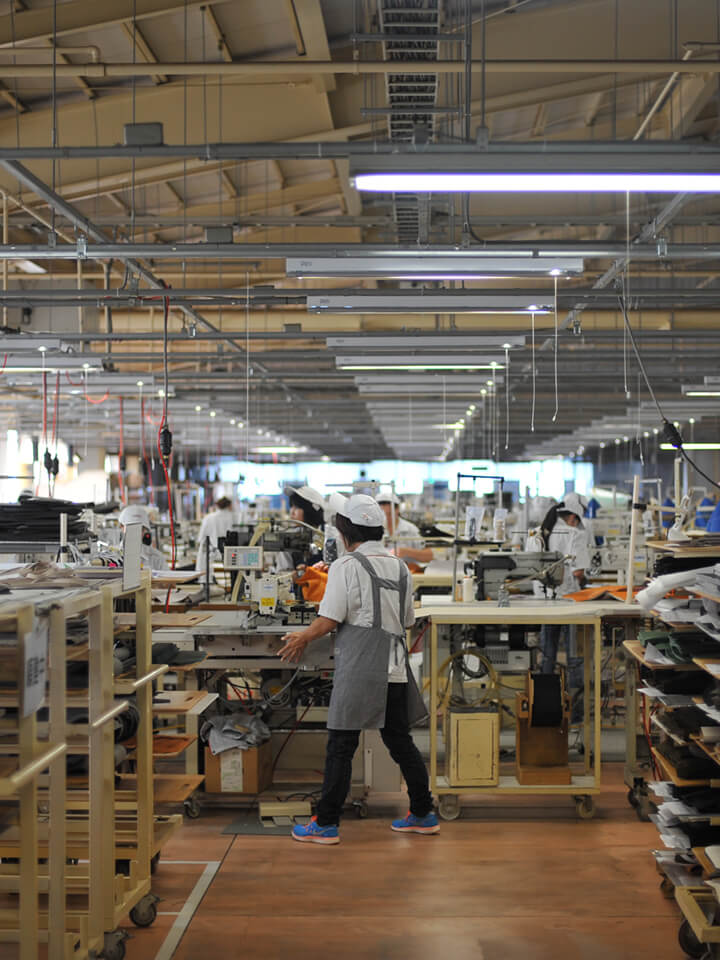
Creative: Karimoku
Karimoku:Understanding the individuality of each leather and using the piece without waste

The company originally started with woodworking. They say that their customers look at the wood and leather with the same degree of commitment. Customers are relatively tolerant of grains and knots in the wood, probably because people are used to seeing it since childhood. But many people do not come into contact with genuine leather until they are adults, so they are less tolerant to scratches on the leather.
However, leather also has ‘natural’ grazes and scratches. There are marks left by branding irons stamped on the ranch, thick blood vessel streaks, and blemishes that occur naturally. The company calls it the "natural mark." Even if such scratches on the surface are scraped or a thick coating is applied to hide the defects, it will be the same "genuine leather". However, Karimoku only uses the original surface layer of leather called grain leather. "When I first opened the leather up on my hands, I felt the wind. Air passes through because the pores are alive," said Hiroyuki Hayashi, the manager of the upholstery plant. Naturally, the leather used by the company goes through strict inspection. They assess the individuality of the leather, consider the combination of parts, and use a single piece of leather without waste. “The number of processes is increasing every year,” laughs Hayashi. The process may not make a visible difference to consumers, but they hope customers can intuitively feel, "Somehow, I like this piece of furniture better." It is this ambition that shapes Karimoku and creates first-class products.
